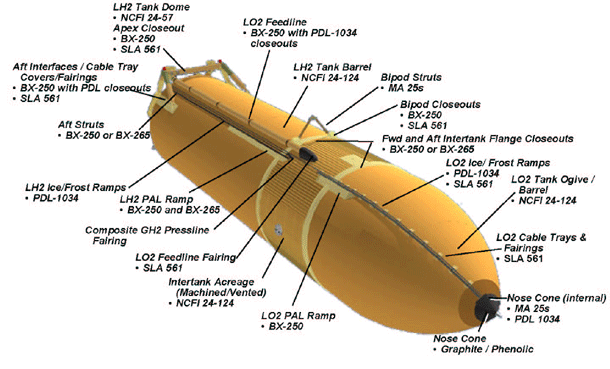ISRO logo.
Dec. 25, 2010
Launch of India's latest communication satellite GSAT-5P onboard homegrown GSLV-F06, powered by Russian cryogenic engine, failed today when the rocket developed a snag soon after lift-off from the Sriharikota spaceport.
GSAT-5P launch put off after leak today
The rocket blasted-off at around 4 pm from the second launch pad at the Satish Dhawan Space Centre at the end of the 29-hour countdown but was hit by a snag in the first stage itself, ISRO sources said.
"The incident occurred in the first stage itself", the sources said, adding, details would be disclosed later.
This is the second failure this year for ISRO after the previous GSLV mission with the country's maiden cryogenic engine hit a snag and the rocket plunged into the Bay of Bengal on April 15 this year.
GSAT-5P
ISRO had postponed the December 20 launch of the Geo-Stationary Launch Vehicle (GSLV-F06), in its seventh mission, after a minor leak was noticed in the Russian Cryogenic engine during the pre-countdown checks.
The last GSLV mission (GSLV-D3) failed after the malfunctioning of indigenous cryogenic stage, dampening the country's hopes of joining the elite club of five nations with such capability.
GSLV failure a 'major' setback, say ISRO scientists
Describing the failure of the GSAT-5P communication satellite launch this evening as "very tragic", India's top space scientists and strategic thinkers today said the launch vehicle going up in flames soon after the lift off was "a major setback" for ISRO.
Senior space scientist Prof Yashpal, in his first reaction to the failure of the satellite launch, said, "It is very tragic. I think something has happened in early stages. I have never heard of such a thing, as we have had several successes before."
Noting that the GSLV-F06 launch vehicle had disintegrated in its initial stages itself, Yashpal said, "We did not get up to the liquid stage. It is terribly sad that something somewhere has gone amiss. A lot of data is available. So they will be able to find out what went wrong."
GSLV-F06 at the launch-pad
He felt that this was "a freak mishap" as the early stages of the launch vehicle had been tested several times by India and have an 100 per cent success rate.
"It (the problem in the launch vehicle) cannot be something fundamentally wrong. It must be something big. It is unfortunate. This is an accident of some sort," he said.
"Cryogenic stage is the third stage of the launch. It (failure) appears not to be linked with the cryogenic stage," he said.
Lal said India had time and again succeeded in the early stages of the launch vehicle and that part was not a problem area for ISRO scientists.
Institute of Defence Studies and Analyses (IDSA) research fellow Ajay Lele said it was "a huge setback" for ISRO. But, he said, the scientists would be able to come back and relaunch the satellite soon.
"It was an important mission for ISRO. It is supposed to be one of the heaviest satellites ever tried by ISRO. In the business of satellite launches, failures are a part of the game," he remarked.
For more information about Indian Space Research Organization (ISRO), visit: http://www.isro.org/
Images, Videos, Text, Credits: ISRO / India 9 TV / Sify News.
Greetings, Orbiter.ch

































